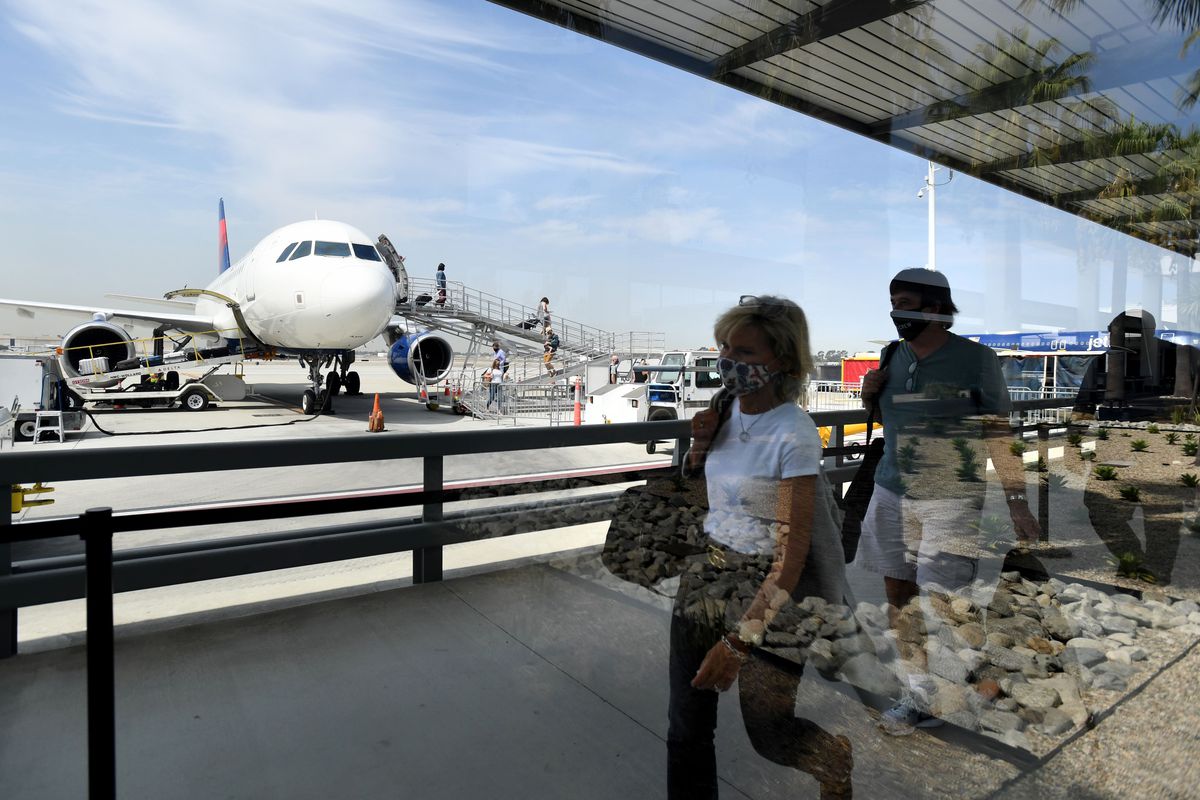In 2020, the Global Business Travel Association reported that almost three-quarters of its member companies canceled or suspended domestic business travel, and 93% canceled or suspended international travel. Corporate bookings plummeted 85% last year and remain around the same level in 2021.
One reason business travel matters so much: The average premium-cabin booking produces 4.3 times more revenue than a typical leisure booking. In a normal year, corporate travel accounts for more than half of airline earnings and nearly a third of total airline revenue in major economies like the United States, according to an analysis of Airlines Reporting Corp. data. This is despite the fact that executives and other high-yielding passengers make up only 9% of the flying public.

At the same time, international travel has also evaporated, down more than 80% for much of last year. Even with 60% of US air travel being domestic, US airlines are unlikely to make a full comeback as long as Covid-19 necessitates cross-border restrictions on entry and quarantining. In most cases, carriers outside the US are feeling the loss of cross-border travel even more.
With lower-yielding domestic leisure travelers making up a higher portion of traffic, margins will continue to be squeezed across the board for the next several years. In 2021, multibillion-dollar losses are expected again. The International Air Transport Association has estimated 2021 losses around $38.7 billion for global airlines. That compares with losses of $118.5 billion in 2020.
Coming out of the crisis, the dominance of domestic leisure travel has meant airlines need to prioritize that segment of customer. That’s easy for low-cost carriers, which have always focused on price-sensitive leisure travelers. But it has required full-service airlines to employ new tactics as they try to backfill the hole that the cutback in corporate and international travel has created.
One tactic commonly used by low-cost carriers that is being tried by full-service airlines involves adding point-to-point flights opportunistically based on the latest demand trends. Recent new point-to-point additions by full-service airlines connect midsize cities like Austin, Milwaukee, Pittsburgh and Columbus with sunny destinations popular during the pandemic, such as Pensacola, Fort Meyers and Orlando, Florida, as well as to other midsize cities via nonstop flights.
To attract well-off leisure travelers, full-service carriers are also tweaking business fares. Instead of offering only a premium product at a premium price, they are starting to sell more services ‘a la carte’ aimed at a broader customer base less willing to pay for extras, such as additional checked baggage, access to a carrier’s airport lounge, upgrades to first class, free cancellations or changes and extra frequent flier points.
The expedited vaccination pace in the United States would suggest most employees will be back in the workplace sometime this year, and it’s likely we will see a gradual return of corporate travel at that point. But the ascendance of remote work technologies such as videoconferencing may impede or at least slow a full recovery of business travel, particularly when it comes to internal travel between company sites. It will also take time before in-person conferences and trade fairs start in earnest — another popular motivation for a business trip.
International travel recovery must wait on various governments to remove travel restrictions that require quarantining and negative Covid tests or prohibit entry altogether. Here is where expanded use of vaccine passports could speed up the reopening of travel assuming countries can agree on their adoption and format. Still, the uneven distribution of vaccines and widespread outbreaks of Covid-19 variants mean various destinations will be on very different trajectories. As a result, we do not anticipate a full recovery of international travel until 2024.
More so than any previous crisis, pandemic or recession, Covid-19 will leave its mark on the industry with the delayed comeback in corporate and international travel putting pressure on airline profitability for the next several years.
Cre: CNN
Nguyen Xuan Nghia – COMM










